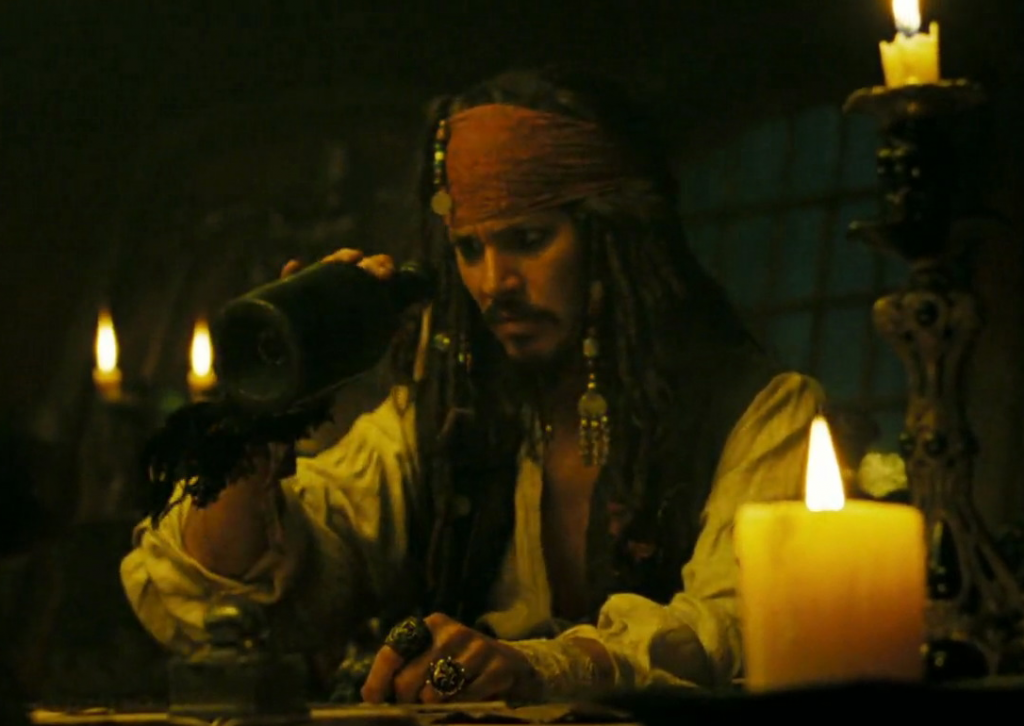 If you have read the About page on Oenophily, you know that I have some issues with wine ratings. Briefly stated, I think that they are both the beginning and end of too many people’s buying decision process. Wine just isn’t that simple and to find the most satisfying ones it’s necessary to look a little more deeply into the bottle.
If you have read the About page on Oenophily, you know that I have some issues with wine ratings. Briefly stated, I think that they are both the beginning and end of too many people’s buying decision process. Wine just isn’t that simple and to find the most satisfying ones it’s necessary to look a little more deeply into the bottle.
I’m not the only one who sees this. In A Sauvignon Blanc tasting that raises questions about point scores, Steve Heimoff writes about the shortcomings of wine ratings from the reviewer perspective. During a blind tasting, he finds a wine he really likes. Though the wine achieves a good score, it is still in the bottom half of those reviewed. This result leads him to wonder: does the 100-point scale truly measure what is important in wine?
I like Steve’s post a lot. (If you haven’t already, go read it!) To my thinking, it highlights both the good side and the bad side of ratings. They serve a useful function, providing information about wine quality and similarity to a certain flavor profile. On the other hand, that perfect profile is highly specific and it won’t always match our personal tastes or the food we are eating.
Whether it’s wine ratings, rules about serving temperatures (e.g. reds at room temperature, whites chilled), or pairings (always serve white wines with fish), people are always trying to simplify wine. These things are useful, but they don’t fit every situation. After all, the final arbiter is what’s going on in your mouth. Or, as Elizabeth Swann might say, “Hang the ratings, and hang the rules. They’re more like guidelines anyway.”
